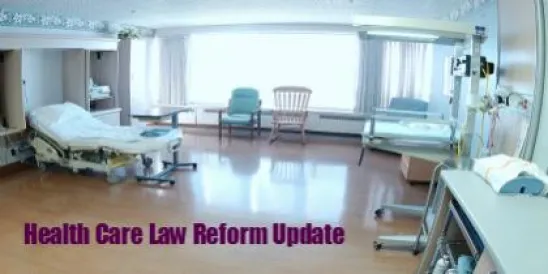Yesterday, the U.S. Court of Appeals for the First Circuit affirmed a jury verdict for Massachusetts General Hospital, Brigham & Women’s Hospital and various other defendants in U.S. ex. Rel. Jones v. Massachusetts General Hospital, — F.3d —-, 2015 WL 1138442 (1st Cir. Mar. 16, 2015) (Jones II). The case concerned allegedly false statements made by Dr. Robert Killiany and Dr. Marilyn Albert on a grant application to the National Institute on Aging (NIA), which the relator claimed resulted in an award of federal funds to the hospitals. Dr. Killiany had conducted a preliminary study in which Dr. Killiany had measured the entorhinal cortex (EC) (a small structure in the brain) to evaluate whether the size of an individual’s EC could predict the likelihood that an individual would later develop Alzheimer’s disease.
The relator alleged that prior to providing his preliminary data to the NIA, Dr. Killiany performed two measurements on some ECs. Although Dr. Killiany’s initial measurements of these ECs would not have supported a correlation between EC size and the development of Alzheimer’s disease, the “remeasurements” did. The relator alleged that Dr. Killiany deliberately excluded from his grant application the initial measurements that would have undermined the conclusions of Dr. Killiany’s preliminary study.
In rejecting the relator’s challenge to the district court’s denial of his motions for judgment as a matter of law and for a new trial, the First Circuit held that there was “no reason to upset the jury’s considered verdict” for the defendants. Jones II, 2015 WL 1138442, at *1. The court held that the relator had failed to preserve his argument for judgment as a matter of law on appeal, and even if he had preserved it, he could not prevail: “The jury was entitled to—and rationally could—find persuasive the evidence at trial that undermined any conclusion that Killiany’s remeasurements were fraudulent or that Albert knew them to be so.” Jones II, 2015 WL 1138442, at *8. The First Circuit reasoned that “the EC is a difficult area of the brain to measure, and that Killiany’s remeasurements simply reflect his increased understanding of the EC as he reviewed additional participants’ scans.” Id. In short, there was no fraud.
This was the First Circuit’s second encounter with this case. In 2012, the First Circuit vacated the district court’s grant of summary judgment for the defendants, U.S. ex. Rel. Jones v. Brigham & Women’s Hosp., 678 F.3d 72 (1st Cir. 2012) (Jones I), remanding the case for trial. In Jones I, the First Circuit acknowledged the principle that disagreements about matters of scientific judgment cannot give rise to FCA liability, but “disagree[d] that the creation of the data in question was necessarily a matter of scientific judgment.” Jones I, 678 F.3d at 87.
Neither Jones I or Jones II upsets — and both decisions instead underscore — the important principle that matters of scientific disagreement cannot give rise to FCA liability. Indeed, the First Circuit’s evaluation of the jury verdict in yesterday’s decision reinforces this principle by crediting the jury’s determination that Dr. Killiany simply improved his methods for calculating the EC over time, and that he reasonably concluded in the exercise of his scientific judgment that his initial measurements were incorrect.





 />i
/>i

